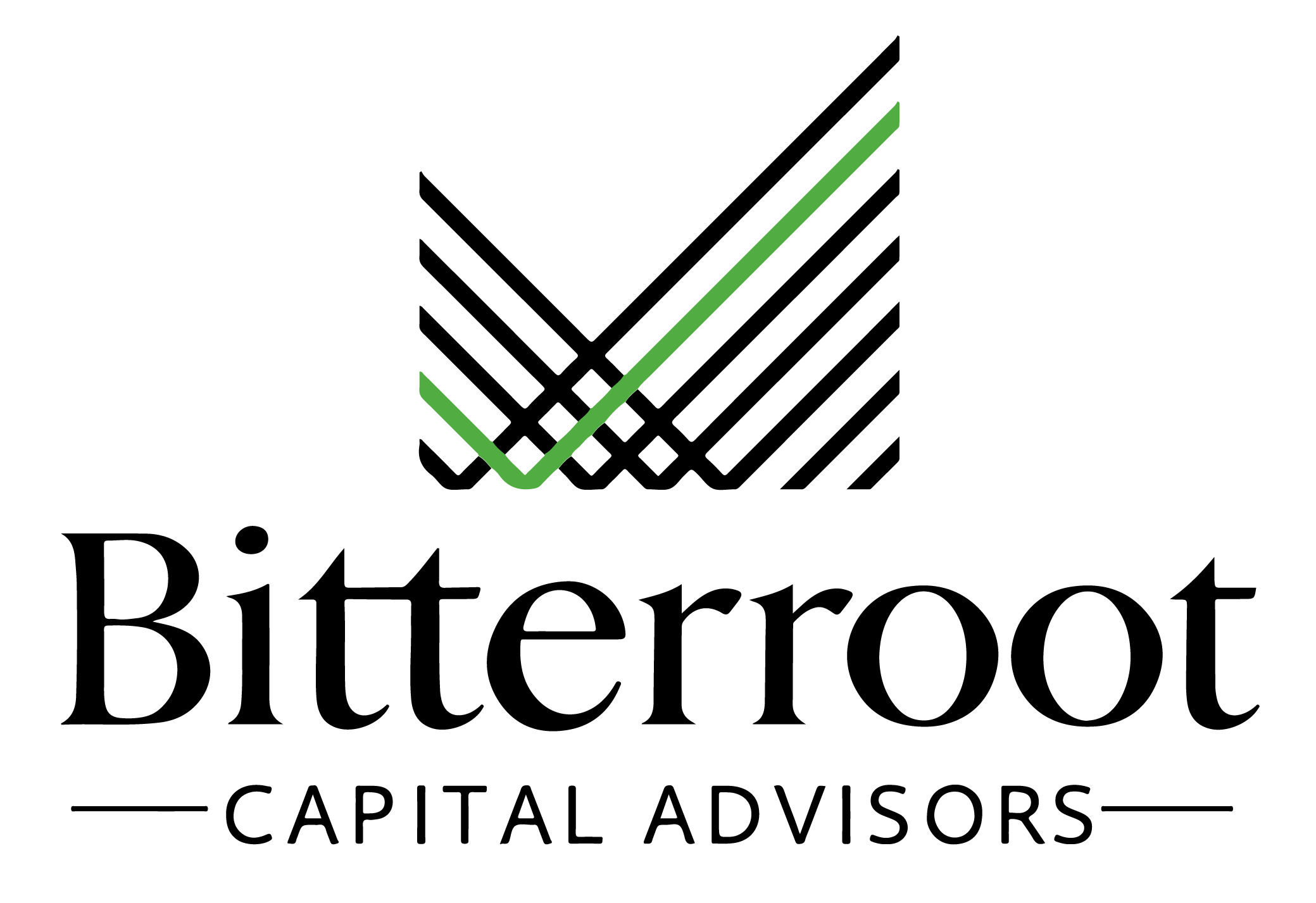Equity markets (ACWI Index) declined by 3.4% in Q3 but remain up 11.2% YTD through October 10, 2023.
Declines were widespread with major indexes (S&P 500, MSCI EAFE, MSCI Emerging Markets) all down 3%-4% in USD terms.
US stocks declined due to surging longer-term bond yields as a) economic data remained robust and b) the Fed revised its outlook for interest rates in 2024 higher (a higher for longer narrative).
International equity declines were driven by a combination of still rising yields coupled with weak economic data in Europe and China.
US Government and investment-grade corporate bonds declined significantly as interest rates rose sharply during the quarter.
The Barclays US Aggregate Index was down 3.2% during Q3 with both US Treasuries and investment-grade corporate bonds down more than 3% during the quarter. The AGG index is down 1.5% for the year.
10-Year US Treasury bond yields surged by 75bps during Q3 and ended the quarter at 4.57% vs. 3.82% at the end of Q2.
High-yield bonds and leveraged loans (riskier corporate credit) were up 0.5% and 3.4% during Q3 and are now up 5.4% and 10.5% YTD.
YTD high-yield bond performance has been driven by coupon income and spread tightening. However, rising interest rates have detracted from these positive factors.
Leveraged loans have benefitted from high coupon income (driven by high base rates) and from spread tightening. Rising base rates (SOFR has increased from 4.3% to 5.3% since the beginning of the year) has helped performance through higher coupon payments as loans are floating-rate instruments.
Credit spreads have tightened despite increasing signs of credit stress (corporate bankruptcies reaching the highest levels YTD since the GFC). In fact, high-yield bond spreads of 403bps are now below historical averages (430bps) and are well-below the 800bps level normally seen during recessions.
Hedge funds were up 0.5% in Q3 and +1.3% YTD.
Convertible arbitrage strategies performed best (+4.6% YTD) while directional strategies such as equity-hedge and credit performed well (+3.2% and +2.9%). Event-driven and macro / trend-following strategies performed worst at -0.8% and -0.2% respectively.
Private equity was up 2.7% in Q1 2023 and likely up another 3.0% in Q2.
Private equity managers report with a 60-to-120-day lag. As such, Q2 and Q3 benchmark data is not yet available. However, most PE firms are reporting increases of low-SD during Q2 driven primarily by underlying EBITDA growth at portfolio companies.
New deal activity across buyout strategies remains well below 2021 peaks but is roughly comparable to pre-pandemic levels. Entry multiple valuations have modestly declined from 12.7x to 12.0x EBITDA and leverage has declined to 42% debt to capital vs. 53% debt to capital at the end of 2021.
Private credit performed well through Q2 2023 (latest data available given lagged reporting).
The Cliffwater Private Credit Index was up 2.8% in Q2 and is up 5.6% YTD as portfolios benefitted from high current yields with stable pricing.
The near-term outlook for existing funds is relatively positive. Increases in SOFR base rates has led to unlevered current yields of north of 10%. However, defaults and markdowns may increase and offset some of this return.
Some analysts are projecting that private debt defaults in 2024 may exceed those experienced by loans traded on the syndicated loan market.
Private real estate pricing continued to decline in Q2 2023 (latest data available) although transaction volumes remain exceedingly low.
The NCREIF Index was down 2.0% in Q2 2023 (third consecutive quarterly decline) and is down 3.7% YTD. Cap-rates have begun to stabilize although there is very limited data following the recent uptick in rates.
Underlying property fundamentals remain strong across industrial properties but have stagnated for multi-family properties (rents down 1.2% YOY in September on a national level). Office fundamentals are generally under significant pressure except for the highest-quality, best location properties.
The outlook for new private investment funds (currently raising money for 2023 vintage) is bright as valuations and leverage utilized in deals are both lower, and in certain cases like private credit, there is less capital chasing opportunities.
While the chances of a soft landing (especially in the US) have markedly increased, the level of economic and geopolitical uncertainty remains extremely high.
As such, the range of outcomes (especially for public equity markets) remains wide over the next twelve months.

